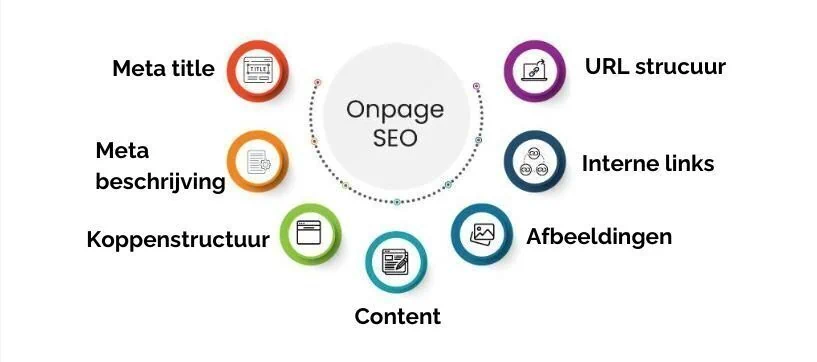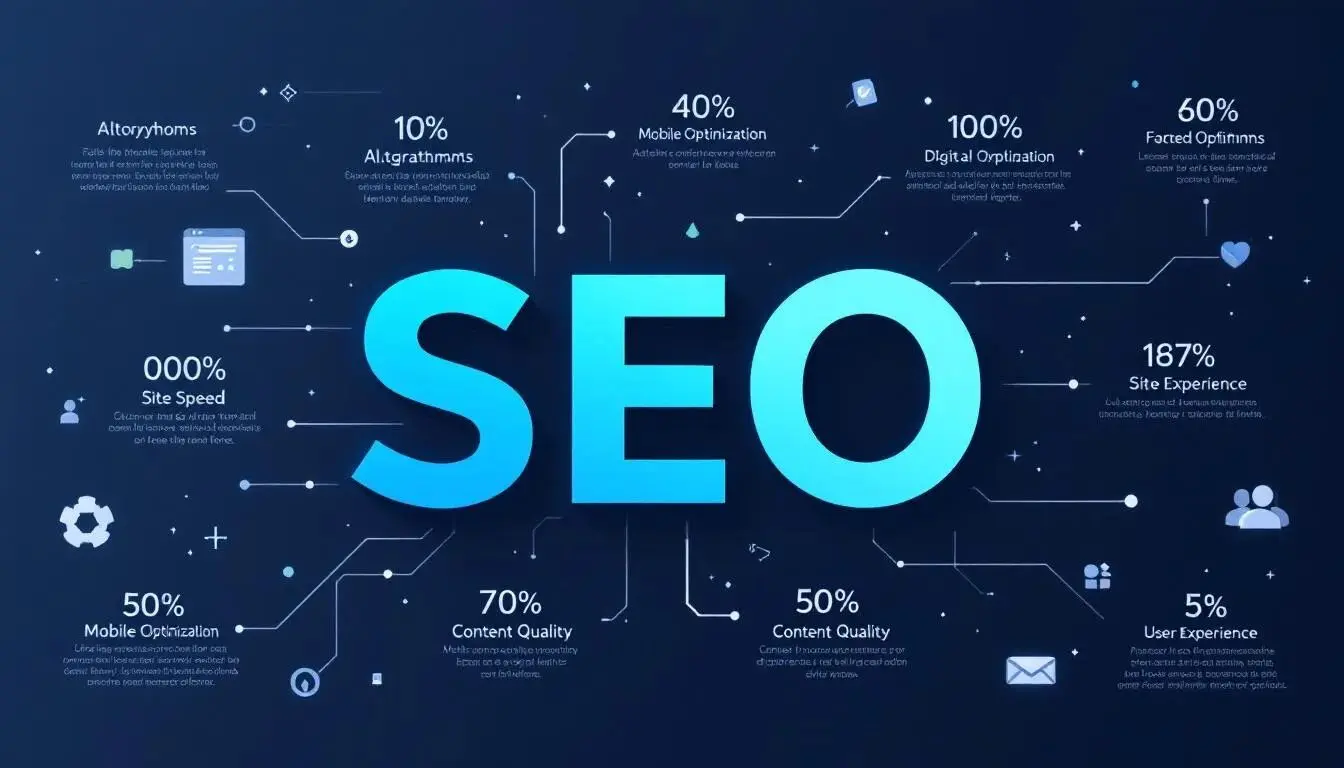This comprehensive guide to on-page SEO explains how to optimize your web pages in 2025 for higher rankings, better user experience, and search engine relevance. It explores title tag optimization, header usage, internal linking, keyword strategies, image SEO, and schema enhancements.
Introduction: Why On-Page SEO Still Matters
Search engine optimization is evolving, but on-page SEO remains the backbone of digital visibility. With search engines prioritizing user intent, content quality, and structure, your on-page elements are more important than ever in 2025.By mastering these strategies, you give your content the best chance of ranking higher, retaining visitors, and converting traffic into results.
What is On-Page SEO?
On-page SEO refers to the practice of optimizing individual web pages to rank better and earn more relevant traffic in search engines. It involves optimizing both the HTML source code and the content on the page.
Unlike off-page SEO, it gives you complete control—making it your first and most impactful step in SEO success.
Core Elements of On-Page SEO

An effective on-page SEO strategy includes:
- Title Tag
- Meta Description
- Header Tags
- Keyword Placement
- Image Alt Text
- URL Structure
- Internal Linking
- Page Load Speed
- Mobile Responsiveness
- Schema Markup
For professional on-page SEO implementation,
How to Optimize Title Tags and Meta Descriptions
Title Tags
- Keep under 60 characters
- Include your target keyword near the beginning
- Make it compelling for users
Example:
Affordable SEO Services in India | 2025 Expert Guide
Meta Descriptions
- Keep under 160 characters
- Summarize the page content clearly
- Use power words and a call to action
Both tags influence click-through rate (CTR) and are key signals for relevance in Google’s algorithm.
Header Tags: H1, H2, and Semantic Structure
Header tags define the hierarchical structure of your content.
- H1: Only one per page. Must include the main keyword.
- H2: Used for subtopics. Helps organize content clearly.
- H3-H6: Used for supporting points and nested topics.
Example structure:
H1: On-Page SEO Best Practices
├── H2: Title Tags
├── H2: Meta Descriptions
└── H3: Writing Tips
├── H2: Keyword Strategy
Keyword Placement & Content Optimization
Strategic keyword usage signals relevance to search engines.
Best Practices:
- Include your focus keyword in the first 100 words
- Use LSI (semantic) keywords to support topic depth
- Don’t stuff keywords—aim for natural flow
- Bold or italicize key terms for emphasis
To build optimized content, consult with experts at:
🔗 https://seoservicesainindia.com/contact/
Image Optimization and Alt Text
Images enhance user engagement but must be optimized for SEO.
Steps:
- Compress images for fast loading
- Use descriptive file names (e.g., seo-onpage-checklist.png)
- Add alt text with keywords
- Include captions where relevant
Alt text not only helps search engines understand your visuals but also improves accessibility.
Internal Linking Best Practices
Internal links guide users through your website and distribute link equity.
Rules:
- Use descriptive anchor text
- Link to related blog posts, services, or categories
- Avoid over-linking
- Ensure links open in the same tab (unless it’s a download)
Good internal linking keeps users engaged and improves site architecture.
Explore our offers:
Mobile Responsiveness and Core Web Vitals
Google uses mobile-first indexing, so mobile responsiveness is non-negotiable.
Core Web Vitals:
- LCP (Largest Contentful Paint): Page loading speed
- FID (First Input Delay): Interactivity
- CLS (Cumulative Layout Shift): Visual stability
Ensure your website:
- Loads under 3 seconds
- Has readable fonts
- Doesn’t shift layout as it loads
Schema Markup and Enhancements
Adding structured data (schema) helps search engines interpret content better and enhance your listings with rich results.
Types of schema for on-page SEO:
- Article
- Product
- FAQ
- Breadcrumb
- Review
Use tools like Google’s Rich Results Test to check your schema output.
Tools to Audit and Improve On-Page SEO
- Google Search Console – Track indexing & performance
- Yoast SEO / RankMath – WordPress on-page optimization
- Screaming Frog SEO Spider – Crawl your site and spot errors
- Ahrefs / SEMrush – Analyze content gaps and keyword density
Common Mistakes to Avoid
- Duplicate title tags
- Missing or generic meta descriptions
- Keyword stuffing
- Ignoring image alt text
- Poor mobile usability
- No internal links
- Misuse of header tags
Audit your site regularly using tools or get a professional review at: SEO Agency in India
Future Trends: On-Page SEO in 2026
- AI-driven content optimization using NLP
- Entity-based optimization (beyond keyword matching)
- Voice search readiness
- Visual search integration
- Personalized search experiences
Stay ahead of evolving SEO with continuous updates and expert services.
Final Thoughts
On-page SEO is foundational for any digital success. Whether you’re a business owner, marketer, or blogger, mastering these techniques in 2025 will help you gain better visibility, higher engagement, and sustained rankings.
Get help from India’s top SEO experts via:
For SEO Contact us
FAQs
1. How is on-page SEO different from off-page SEO?
On-page SEO focuses on elements within your website, like content and HTML structure, while off-page SEO involves backlinks and external signals.
2. How often should I update on-page SEO?
Review and update at least once every quarter to stay aligned with Google algorithm changes.
3. Can I do on-page SEO myself?
Yes, basic tasks like keyword optimization, content structuring, and metadata updates can be done with some training or using SEO plugins.
4. What tools help with on-page SEO?
Use Google Search Console, Yoast SEO, SEMrush, and Screaming Frog for analysis and optimization.
5. What’s the first step in on-page SEO?
Start with a full content and technical audit to identify missing or weak on-page elements.



